A Modern Approach to Tea Ceremony
Published: May 28, 2024
※Prices are subject to change from those in effect at the time of the interview. Please contact the store directly for the latest information.
The “Table Tea Ceremony Chayukai” is a casual tea ceremony class where no formal seating, kimono, or expensive utensils are required, making it accessible to anyone. Run by Ms. Soga, she states, “Each movement in the tea ceremony embodies respect for the guest, reflecting a spirit of hospitality and self-reflection. Tea ceremony serves as a natural means of communication where people at the same time and space can express thoughtfulness and consideration for each other, creating a comfortable atmosphere for mutual enjoyment.”
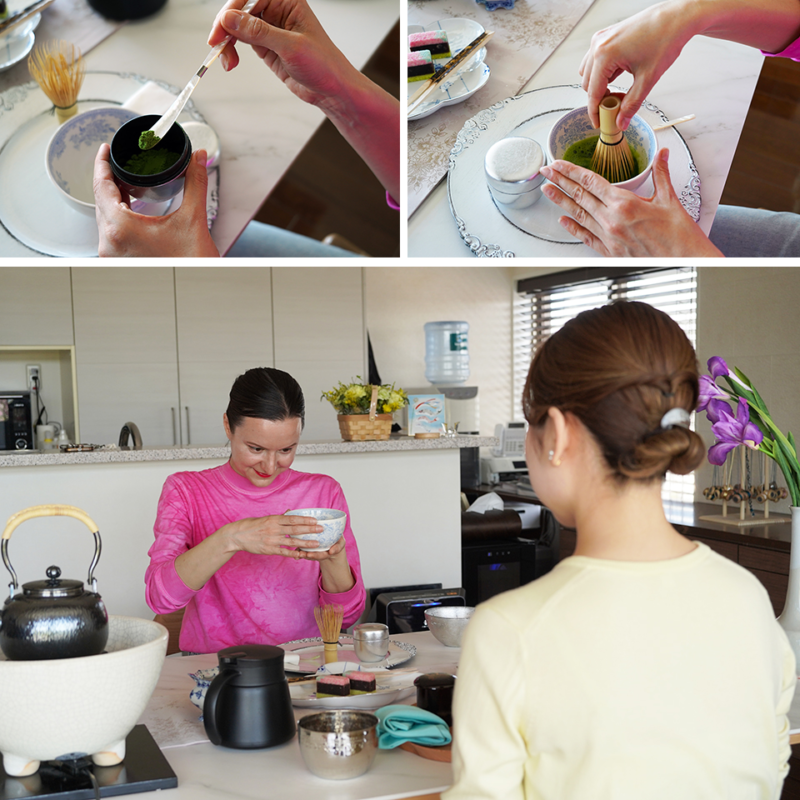
The charm of table tea ceremony lies in its adaptability to modern lifestyles while still preserving the “heart of tea” and the fundamentals.
The traditional style of tea ceremony is very formal and requires a lot more endurance, such as sitting in the Japanese form called ‘seiza’ which is sitting with lower legs folded under the upper legs for long periods of time. Table tea ceremony is much more comfortable and isn’t as rigid.
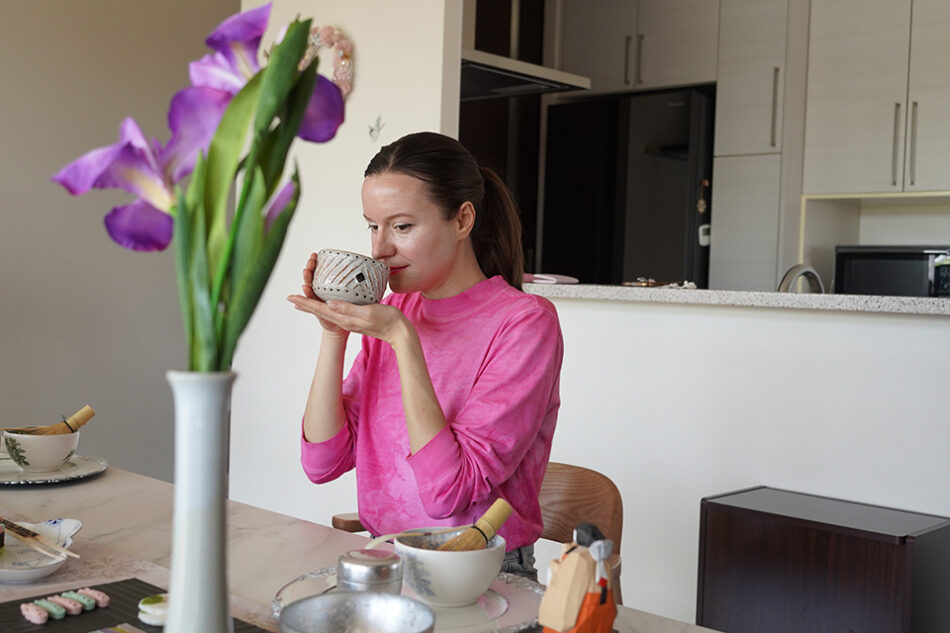
The appeal of table tea ceremony lies in its ease of initiation and sustainability, as it can be done with minimal tools and in various environments. Just as one would entertain friends with coffee or tea at home, offering a cup of green tea is highly recommended as a gesture of hospitality.
With the increasing popularity of green tea and matcha and the growing awareness of its health benefits, more and more people have come to appreciate green tea. And why not learn some traditional ways of making and enjoying it?
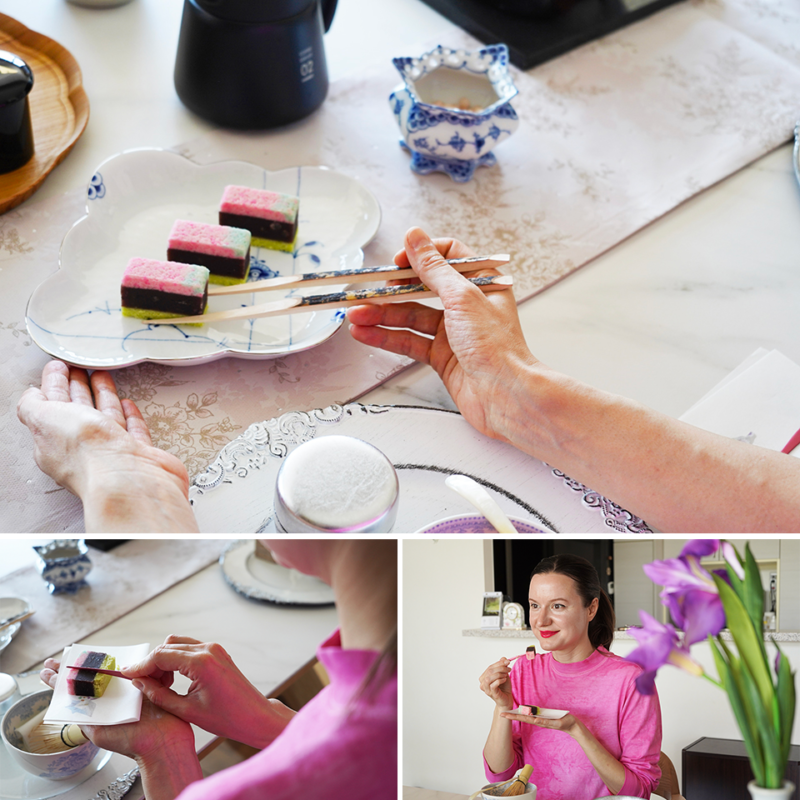
One of the charms is being able to enjoy the seasonal atmosphere by appreciating tea bowls and sweets that reflect the season.
The traditional Japanese sweets, known as “wagashi,” not only captivate with their beautiful appearance but also with their delicate flavors. For instance, in spring, you might enjoy sakura mochi, which has a subtle cherry blossom fragrance and a sweet, slightly salty taste from the preserved cherry leaves. In autumn, kinton made from chestnuts offers a rich, smooth texture and a naturally sweet flavor, perfectly complementing the tea.
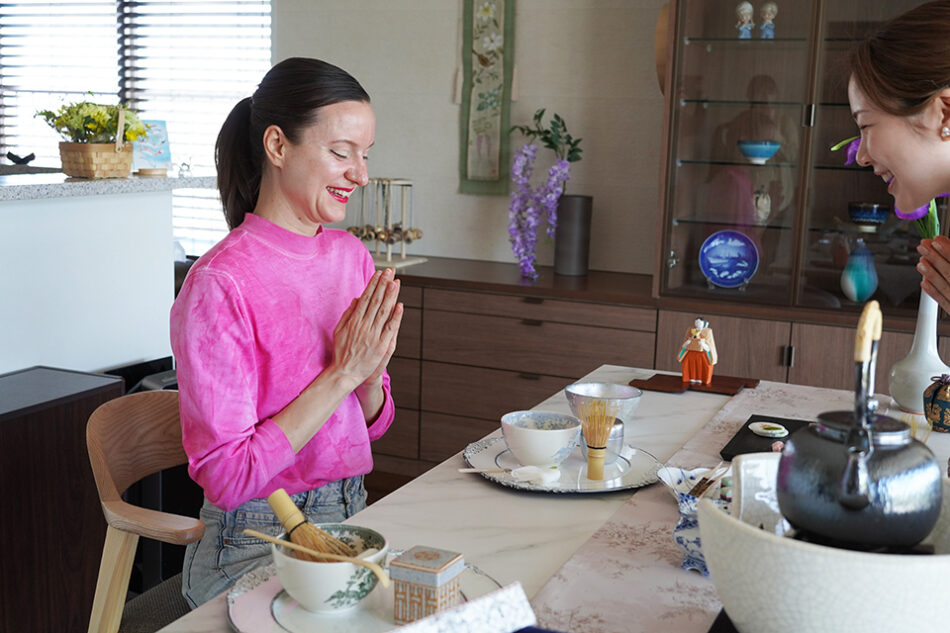
You can take a break from busy days and spend special moments by concentrating on the actions in front of you.
Following along with the instructor, each action is controlled and graceful. It’s a very meditative experience that mainly requires deliberate movement. All the effort put into the preparation before drinking and eating makes the taste even more enjoyable.
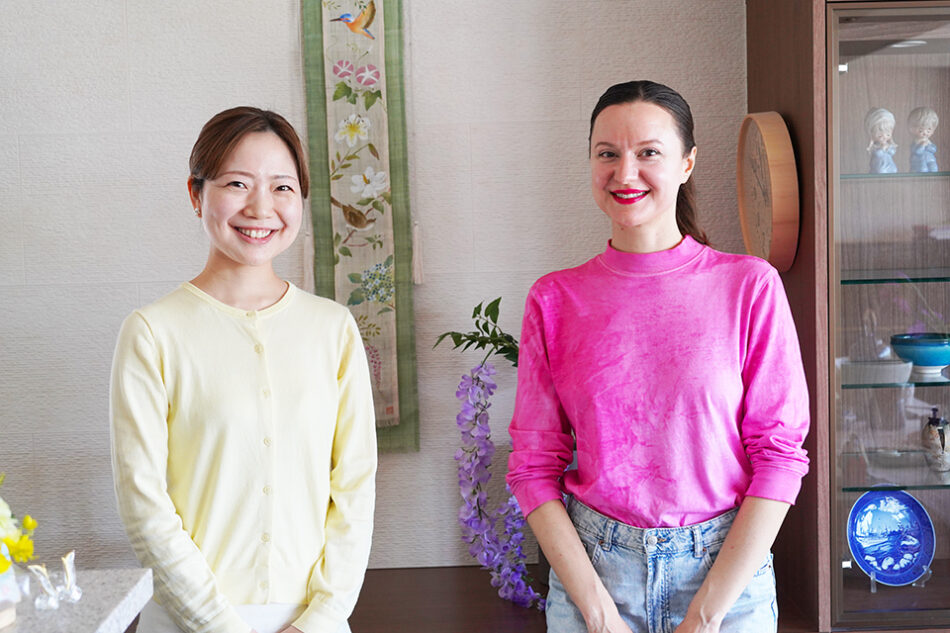
Although lessons are basically conducted in Japanese, Ms. Soga can assist with some English. She says language is not a barrier since you can follow along with her. During the trial, I was told that traditionally, fancy clothes, accessories or strong make up wasn’t advisable for tea ceremony but with the modern approach there’s more freedom in self-expression.
The “Table Tea Ceremony Chayukai” offers two plans: a course for enjoying table tea ceremony as a hobby and a course for those aspiring to become instructors. We encourage you to start by experiencing a trial lesson and immerse yourself in the world of tea ceremony! As classes are by reservation only, please contact through the inquiry form on the classroom’s website or via DM on Instagram.

≪English Article Journalist Profile≫
・Name:Natalie
・Age:Thirties
・Nationality:Poland
・Hobbies:Sewing, DJ, Up cycling, Illustration
※Information is based on April 2024. Prices, operating hours, and other details may change. Please verify with the store directly.
※All amounts mentioned in the article are inclusive of taxes.


